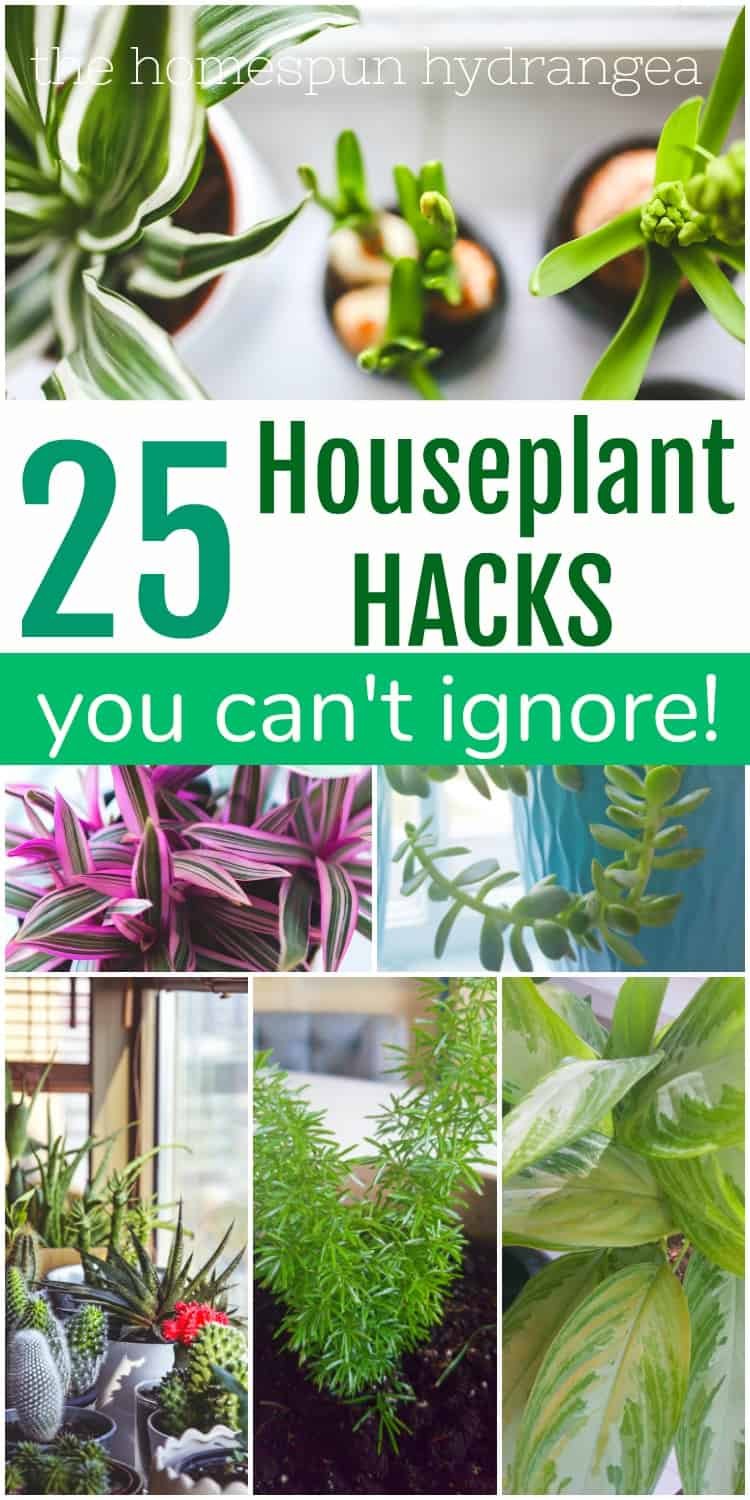Indoor plants can breathe life into your home and purify the air, but keeping them thriving can sometimes feel like trying to solve a Rubik’s Cube—frustrating and complicated. But fear not! Whether you’re a novice plant parent or a seasoned green thumb, we’ve assembled a collection of five genius gardening hacks that can transform your indoor gardening experience. Let’s dive into these clever tips that will have your indoor plants thriving like never before!
1. Understand Your Plant’s Needs
Before you even think about watering or fertilizing, take some time to research what your specific plants need. Different species have varying requirements when it comes to sunlight, moisture, and temperature. For instance, succulents love bright, direct light, while ferns prefer a shadier spot. It’s like choosing the right outfit for the weather—if you dress your plant in the wrong conditions, it won’t thrive.
Light Exposure
Are you accidentally trying to raise a sun-loving succulent in a dim corner of your apartment? That’s like trying to bake a cake without an oven! Make sure to place your plants in a location that matches their light preferences. If sunlight is limited, consider investing in grow lights. They can simulate the sun’s rays and give your indoor garden a fantastic boost!
2. Water Smartly: Don’t Overdo It!
Watering is one of the trickiest aspects of indoor plant care. Overwatering can lead to root rot—a plant’s worst nightmare. So how do you find that sweet spot? An excellent hack is to check for moisture by using your finger. Just stick it about an inch into the soil; if it feels dry, it’s time to water. This simple method can save you from drowning your green companions.
Self-Watering Pots
Another nifty hack is using self-watering pots. These pots have a reservoir at the bottom that allows your plants to absorb water as needed. It’s like having a built-in water fountain for your plants, ensuring they never get too thirsty or too soggy!
3. Feed Your Plants with DIY Fertilizers
Your plants need food just like you do! Commercial fertilizers can be expensive and sometimes filled with chemicals. Why not create your own fertilizer at home? For example, banana peels are packed with potassium and can be chopped up and mixed into the soil. Alternatively, coffee grounds can add nitrogen. It’s recycling at its finest!
Eggshells for Calcium
Eggshells are another gold mine. After you’ve scrambled your breakfast, rinse and dry the shells, then crush them into tiny pieces. Mix them into the potting soil to provide a slow release of calcium—a crucial nutrient for robust plant growth. Who knew your kitchen scraps could do all this?
4. Humidity Hacks for Happy Plants
Most indoor plants, especially tropical varieties, thrive in high humidity. If your home lacks moisture, your plants might feel a bit parched. A simple hack? Group plants together! They create their own micro-environment through transpiration, increasing humidity in their immediate surroundings.
Pebble Trays
You can also create humidity with pebble trays. Just place some pebbles in a shallow tray and fill it with water until it just reaches the top of the pebbles. Set your plant on top; as the water evaporates, it will increase humidity around the plant. Think of it as a relaxing spa experience for your plant!
5. Keep Pests at Bay Naturally
Even the strongest indoor gardens can fall prey to pests like spider mites or aphids. Don’t rush to chemical sprays; instead, consider natural alternatives. A simple mixture of water and dish soap spritzed on affected leaves can be very effective. It’s like a gentle bath that keeps the bad guys away without harming your plants or the environment.
Essential Oils as Deterrents
Another great hack is using essential oils. Oils like neem or peppermint can act as natural repellents. Mix a few drops with water in a spray bottle, and you’ve got yourself a non-toxic pest deterrent that smells great too.
With these five genius gardening hacks, your indoor plants can go from ‘meh’ to magnificent! It’s all about understanding their needs, providing the right environment, and using a bit of ingenuity. Happy planting!
FAQs
1. How often should I water my indoor plants?
It depends on the type of plant you have. Generally, check the top inch of soil; if it’s dry, it’s time to water. But remember, less is often more!
2. What are the signs my plant needs more light?
Yellowing leaves, leggy growth, or leaning towards a light source are signs your plant may not be getting enough light.
3. Can I use regular soil for all plants?
Not really! Different plants have different soil requirements. For example, cacti need sandy soil, while ferns prefer something richer and more moisture-retentive.
4. How can I increase humidity for my indoor plants?
You can increase humidity by grouping plants, using pebble trays, or placing a humidifier nearby.
5. Are there any organic pest control options?
Absolutely! Options like neem oil and homemade soap sprays can effectively deter pests without chemicals.
